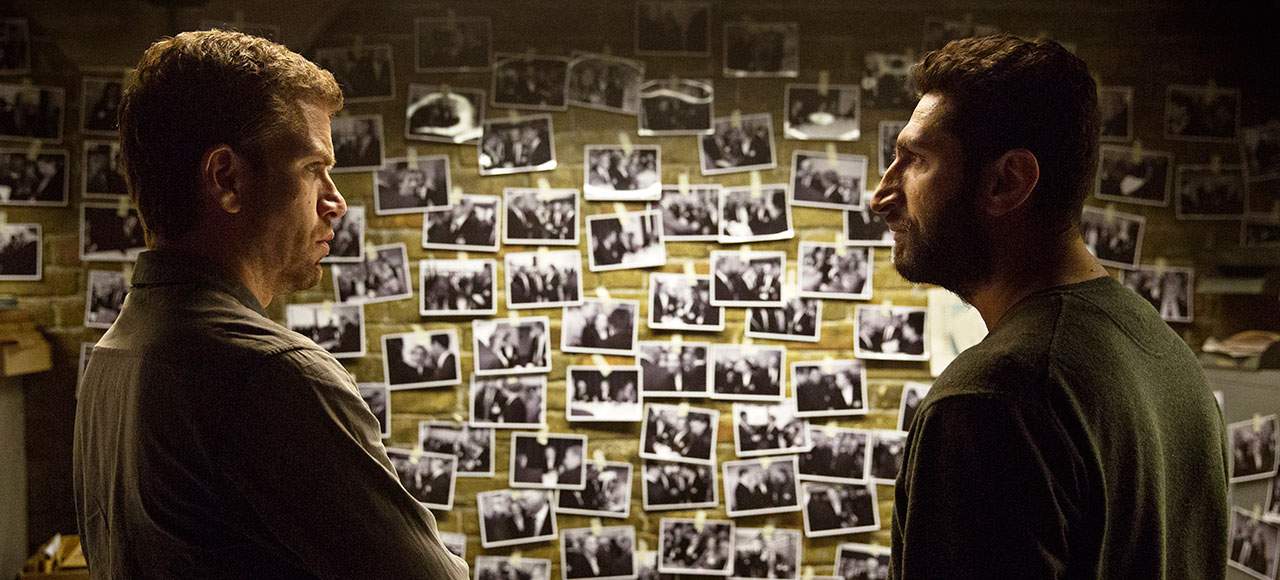The Keeper of Lost Causes
All the standard Scandinavian crime thrills come together in the newest addition to the ever-popular genre.
Overview
The Scandinavian crime fixation currently sweeping non-Nordic nations shows no signs of abating, every piece with big screen potential — TV series, book or otherwise — seemingly earning a filmed adaptation. Jussi Adler-Olsen's Department Q series provides the latest instance, a four-instalment-to-date police procedural setting a duo of detectives in search of answers to dead cases. The Keeper of Lost Causes is the first feature to result.
All the usual elements exist in director Mikkel Nørgaard and writer Nikolaj Arcel's version of the novel. (They're both veterans of the burgeoning genre with resumes that encompass television's Borgen and the Swedish-language The Girl with the Dragon Tattoo as evidence.) An odd couple, an against-the-odds task, brooding backstories, a pretty prey and a cat-and-mouse game with the perpetrator furnish a feature that stays within the confines of the expected — except for one significant deviation. As well as tracking the law enforcement quest to uncover the truth, the film gifts viewers with the victim's perspective, her tale told as a parallel to the investigation.
So it is that the taciturn Carl Mørck (Nikolaj Lie Kaas) and lively Assad (Fares Fares) trawl through discarded clues about the disappearance of personable young politician Merete Lynggaard (Sonja Richter), long considered a suicidal jumper who consigned herself to a watery end five years prior. The inter-spliced chronicle of Merete's plight provides a different account, one that the police must piece together as they delve deeper into her mystery.
Though the choice to reveal what would've otherwise been a considerable source of dramatic tension is questionable (albeit, a decision that remains faithful to the book), The Keeper of Lost Causes evokes the requisite ominous atmosphere through its appearance and performances. The customary grey aesthetic colours every scene to cement the creepy mood, just as the main pairing fittingly bristles with discomfort even as Mørck and Assad work towards an accord. Cinematographer Eric Kress impresses in the film's shadowy imagery, a feat also achieved by Kaas and Fares. Adopting a chalk and cheese approach to their portrayals, the two actors bounce off each other with an earned rapport that makes their standard contrasting characters all the more interesting.
Indeed, as beholden to formula and the familiar as The Keeper of Lost Causes is, Nørgaard endeavours to invest intrigue into the assembly of predictability the movie becomes. Where it all threatens to come undone is in the feature's inability to overcome its overt status as a set-up for further films. In an episodic manner obviously better served on television, The Keeper of Lost Causes wallows in the establishment more than the outcome. What eventuates is an entertaining enough initial chapter in a what will hopefully evolve into a more satisfying saga.





